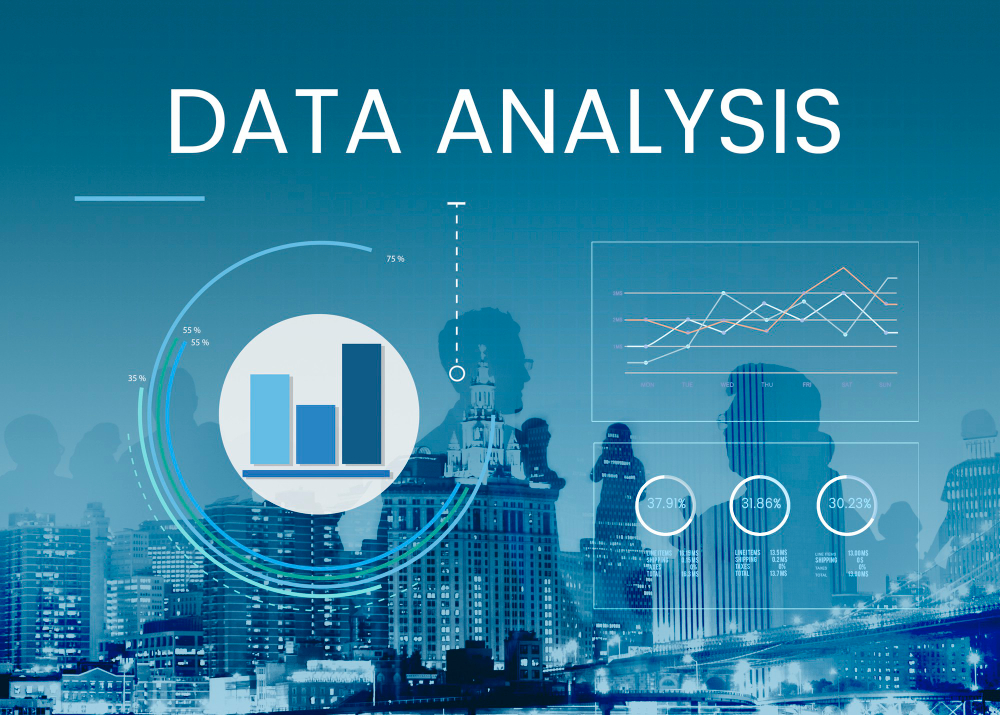In the modern business world, making strategic decisions based on gut feelings is no longer enough. Companies need data-backed insights to stay competitive, minimize risks, and maximize profitability. Enter predictive analytics a game-changing approach that leverages historical data, artificial intelligence (AI), and machine learning (ML) to anticipate future trends and guide business strategies.
Understanding Predictive Analytics
Predictive analytics is the art and science of using data to forecast outcomes. By analyzing historical trends and identifying patterns, businesses can make informed decisions rather than relying on guesswork. Unlike traditional analytics, which focuses on past performance, predictive analytics provides a forward-thinking perspective to drive efficiency and innovation.
How Predictive Analytics Fuels Business Growth
1. Sharper Decision-Making
Data-driven insights remove ambiguity, helping businesses make calculated choices about investments, product launches, and expansion strategies. With predictive analytics, organizations can make proactive rather than reactive decisions.
2. Hyper-Personalized Marketing
By analyzing customer behaviors, preferences, and purchase histories, predictive models enable companies to craft targeted marketing campaigns. This leads to higher engagement, increased sales, and a better return on investment (ROI).
3. Boosting Customer Loyalty
Losing customers can be costly. Predictive analytics helps businesses detect early warning signs of churn by analyzing engagement patterns. Armed with this knowledge, companies can offer timely discounts, personalized offers, or improved customer service to retain valuable clients.
4. Supply Chain Optimization
Inventory mismanagement leads to financial losses. Predictive analytics helps businesses forecast demand fluctuations, reduce waste, and optimize supply chain logistics, ensuring that products are available when customers need them.
5. Smarter Financial Planning
Understanding financial trends is crucial for sustainable growth. Predictive analytics enables businesses to anticipate revenue shifts, budget wisely, and mitigate financial risks, helping them stay resilient in changing economic conditions.
6. Fraud Prevention & Risk Management
Industries like banking and e-commerce are constantly battling fraud. Predictive analytics detects suspicious activities in real-time, helping companies minimize fraud-related losses and improve security measures.
Real-World Use Cases
- Amazon leverages predictive analytics to recommend products, driving massive sales through personalized suggestions.
- Netflix fine-tunes its content recommendations, keeping users engaged and reducing churn rates.
- Walmart forecasts demand patterns, ensuring products are stocked efficiently and reducing supply chain inefficiencies.
Challenges of Predictive Analytics Implementation
While predictive analytics offers numerous benefits, it does come with challenges:
- Data Accuracy Issues – Unclean or incomplete data can lead to incorrect predictions.
- High Initial Costs – Implementing predictive models requires skilled professionals and cutting-edge technology.
- Privacy & Compliance Concerns – Businesses must ensure that customer data is protected and used ethically.
Final Thoughts
Predictive analytics is reshaping the future of business, allowing companies to anticipate changes, optimize operations, and enhance customer experiences. While challenges exist, businesses that harness the power of data-driven insights can gain a competitive edge and ensure long-term success.
By integrating predictive analytics into everyday decision-making, companies can confidently navigate uncertainties, reduce risks, and drive exponential growth in a rapidly evolving marketplace.
